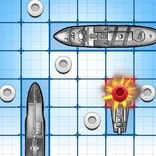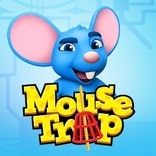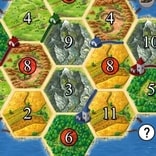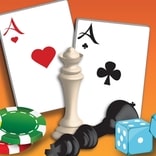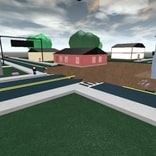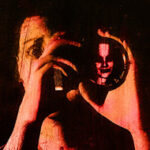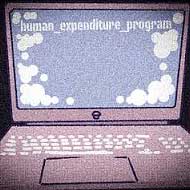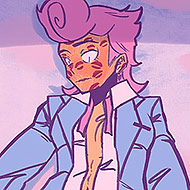Shutter Story reimagines the camera as a detective’s tool, turning photography into a forensic process for excavating concealed plots. Gamers traverse intricate settings, seizing ephemeral instants, nuanced gestures, and visual textures that collectively decrypt the storyline. Advancement is gated by perceptual acuity, impeccable timing, and deductive reasoning, with every snapshot adding a piece to a mosaic narrative assembled through meticulous scrutiny and motif detection.
Decoding the Scene: The Power of Minute Clues
Within Shutter Story, monumental truths are often encrypted in the mundane. A shifting shadow, a distorted reflection, or a barely perceptible tremor can serve as linchpins for entire subplots. The player’s role is that of a visual archivist, determining the critical moment to document these traces and often engaging in repeated reconnaissance of a scene to compile a complete evidentiary record.
- Scrutinize reflective surfaces to decode concealed objects or encrypted messages.
- Monitor the choreography of light and shadow for pivotal intelligence.
- Employ multi-angle photography to construct a comprehensive visual dossier.
- Document faint kinetic disturbances in the environment for narrative foreshadowing.
- Conduct follow-up surveys of documented zones to catalog temporal anomalies.
The Analytical Darkroom: Weaving Narrative from Evidence
Every captured image becomes a datum in an evolving case file. Players sift through this archive, cross-referencing visual data to reassemble timelines and pinpoint leitmotifs. Cataloging photographs by associative attributes—such as thematic resonance, geolocation, or chronological stamp—enables the synthesis of coherence from chaos, prioritizing methodical examination over speculative approaches.
- Classify visuals to isolate repeating motifs, chromatic signatures, or iconic symbols.
- Juxtapose image sequences to reconstruct event timelines and causality.
- Annotate photographs with metadata tags denoting narrative weight.
- Establish correlative links between disparate frames to form evidentiary chains.
- Curate the collection by purging non-evidentiary content to sharpen the core thesis.
Chronomanipulation and Cause & Effect
Shutter Story’s world is dynamically reactive. The act of photographing is not passive but agential; freezing a specific temporal slice can activate dormant sequences or unveil spectral layers of reality. Mastering this interplay requires temporal anticipation, hyper-awareness, and a tactical approach to image capture as a means of environmental interaction.
- Heed ambient cues—like anomalous motion or acoustic shifts—to predict one-time phenomena.
- Deploy burst-mode documentation to deconstruct evolving incidents.
- Re-examine familiar locales to identify newly introduced narrative variables.
- Profile Non-Player Character routines to uncover clandestine plot conduits.
- Manipulate camera mechanics—focus, exposure, perspective—to perceive hidden dimensions.
The Perceptive Pathfinder
Progression in Shutter Story is a direct function of the player’s contemplative gaze. Each photograph deepens a cumulative comprehension of the game’s ecology, championing virtues of patience, inquisitiveness, and deliberate analysis as the primary engines for unlocking the story’s deepest secrets.

